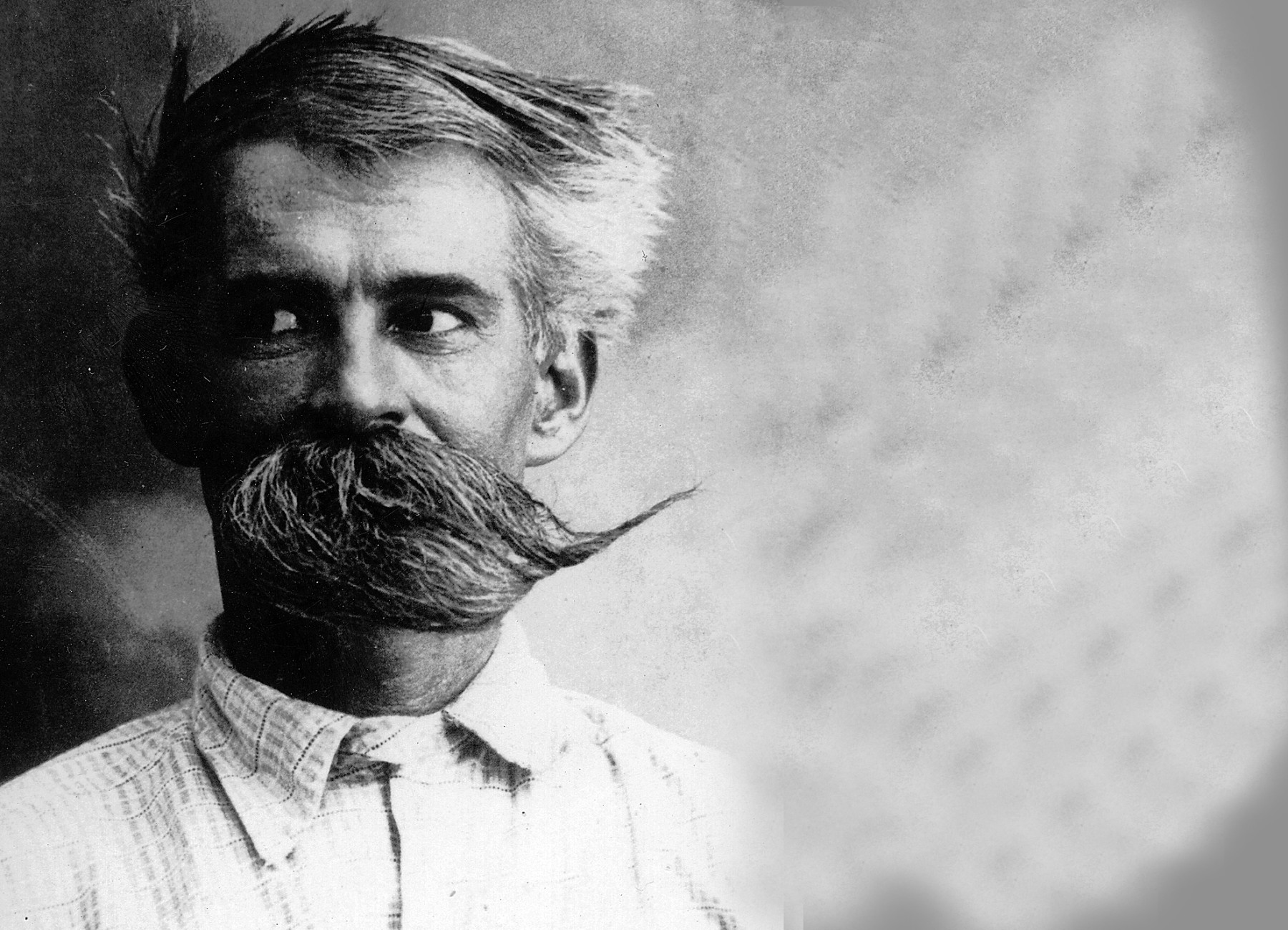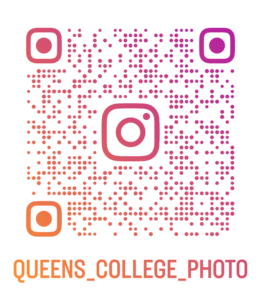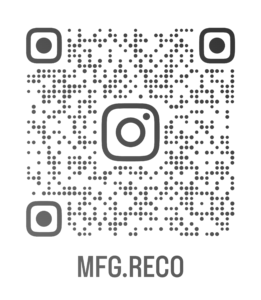Syllabus
Queens College
Art / Photography & Imaging
PHOTO 375
Photography Special Project
Spring 2025
Instructor: Matt Greco
Office: Klapper 106
Hours: By Appt
Email: matthew.greco@qc.cuny.edu
Course Website: professorgreco.com
Course Description:
Photography Special Project is a course designed to give students the opportunity to work independently on a semester long project of their choosing. Students will write a project proposal that outlines the logistical and conceptual qualities of the project. Special Project students are expected to meet with me several times over the semester to check in on progress and to get feedback, advice, and guidance. At the end of the semester students will have a final portfolio of 15-20 works, a selection of which they will present at final critique. Special Projects courses are meant for students who want more intensive work in photography and imaging and to strengthen and advance their skills in photography both technically and conceptually while learning how to handle deadlines and expectations independently.
Course Objectives:
At the close of this course the successful student will have completed their proposed project and will have a final portfolio to submit as well as shared their work during a final critique. They will expand their vocabulary to include the proper terminology for creating and critiquing photographs. Students will use this vocabulary to engage in meaningful critique of their images and the images of their peers. They will demonstrate the ability to think creatively, form project ideas, and follow those ideas from conception to realization. The successful student will demonstrate the ability to work on their own with little supervision. They will have created a schedule of work for the semester and will have followed that schedule. Students will show their ability to self-critique and the discipline required to self-motivate.
Course Requirements:
Students will be expected to complete all assignments on time and to the best of their ability. Students are expected to meet with me at least twice per month and are expected to initiate these meetings. Be on time please; tardiness is as bad as absences; I will give a few minutes to account for NYC – do not abuse this. To complete the course successfully you will submit a final project proposal, a final museum journal with 3 entries, a final portfolio of 15-20 images, showed a selection of images in final critique, and a link to a cloud folder with roughly 600 unedited images.
Reasonable Accommodations for Students with Disabilities:
Students with disabilities needing academic accommodation should register with the Special Services Office by emailing QC.SPSV@qc.cuny.edu. For more information about services available to Queens College students, visit the Office of Special Services website: https://www.qc.cuny.edu/studentlife/services/specialserv/Pages/default.aspx.
CUNY Policy on Academic Integrity:
Only your own photos, images and/or writing are permitted for use in projects. The unauthorized use of images and compositions that are not your own is considered plagiarism. Academic Dishonesty is prohibited in The City University of New York and is punishable by penalties, including failing grades, suspension, and expulsion as provided at https://www.cuny.edu/about/administration/offices/legal-affairs/policies-procedures/academic-integrity-policy/.
Course Website:
Please check our course website every week for updates to the syllabus or schedule, links to information and resources, and a student gallery page where we will showcase your work throughout the semester.
Grades:
Project Proposal – 30%
Museum Journal – 20%
Final portfolio (15-20 final prints, 600 images, critique comments) – 50%
Proposal:
You will write a 1-2pg, double spaced, project proposal that is broken into 2 paragraphs – one logistical and one conceptual. The reason I have you write a proposal is the expectation in the professional art world that you are able to write about your work. Essentially all opportunities for artists starts with some amount of writing about yourself and your work – exhibitions, residencies, grants, public art commissions, etc. all require you to write something. Persons or organizations that may provide you money or support want to know that you understand the scope of the project – logistically, financially, conceptually – such that you will be able to complete it successfully.
The first paragraph is the logistics – the nuts and bolts of your proposal. What will you photograph? Where will you photograph it? Digital or analog? What cameras and lenses will you use? What is your shooting schedule? What size prints will you make? What kind of media? Do you need to schedule models? How many and on what dates? Give me a breakdown of your workflow – what phases of the project are you going to complete by which dates? Will this project need funding? What’s your budget? How will you complete the project with the budget available? Do you need to travel for the project? Do you need a studio, or do you need portable studio equipment? Think through every little detail of this project and account for it in this first paragraph.
The second paragraph should describe the conceptual value of the proposal. What is this work about? What are you trying to communicate through these images? What meanings, symbols, ideas, thoughts are you trying to portray in your work? How is this type of work relevant to you? How is it relevant to your audience? Why should we look at this work? This is an opportunity to research other photographers/artists that inspire you. Give me some examples of artists working in a similar way and with a similar message to their work. How do you compare or contrast with these artists? Being a photographer is not only about being technically adept but also understanding why you want to take pictures in the first place. Why identify as a photographer? Why photography?
Send your proposal as a Teams or Google doc so I can make edits and suggestions inline. We will work on your proposal in several rounds so at the end of the semester you will have a well written and concise proposal.
Portfolio:
Your final portfolio is to consist of 15-20 images which need to be edited and sized for print and printed. The quality of the images will matter; you will likely have to print the images more than once to get the best final prints. You will be expected to shoot around 600 images- those images that did not make it into the final portfolio need to be available for me to see, at the end of the semester you will provide me with a link to a cloud folder with roughly 600 unedited images.
Printing:
You will be creating prints with the program’s printers. You will be utilizing the Klapper Imaging Lab found in Klapper 108 to print files for this course. The prints will be paid for through your M&T fee. Students will be required to submit your files to the lab to be printed. Keep prints safe and clean; you will show these at critique. As Special Project students you have more access to the Klapper Imaging Lab, its print offerings, and equipment loan than the average student. Be sure to visit the lab and learn about the advanced printing options and advanced equipment options that are available to you.
Field Trips:
We will not take any field trips together, but you are required to visit three exhibitions or performances, museum or galleries, photography or other media, during the semester. Students will write a 1 paragraph “journal” entry on each visit and hand in that “journal” at the end of the semester.
Equipment:
You will need whatever equipment your final proposal requires. The Klapper Imaging Lab has a robust selection of equipment for loan. Check all equipment to ensure good operation, especially jump drives and portable hard drives. Lost images, corrupted disks, etc. are not acceptable excuses for missed assignments. BACK UP EVERYTHING OFTEN.
Meetings:
Students will attend the first class to go over the syllabus and course expectations and attend the last class to participate in final critique. Other than those two pre-scheduled days students should meet with me twice a month and are expected to initiate the scheduling of those meetings. I will make myself as available as I can to meet with you, but it is up to you to make sure you reach out to me for feedback and guidance.
Recommended Reading:
– The Essence of Photography: Seeing & Creativity by Bruce Barnbaum
– Classic Essays on Photography by Alan Trachtenberg (edited)
– Photography: A 21st Century Practice by Mark Chen; Chelsea Shannon
Schedule (subject to change):
Week 1: 1.30
course outline, review syllabus, required equipment, recommended reading.
Week 2:
Send 1st draft of project proposal.
Week 3:
Schedule first meeting with me to go over your proposal for approval to continue.
Weeks 2-14:
Schedule bi-monthly meetings with me to go over progress and give feedback, advice and guidance.
Week 15: 5.15
LAST DAY OF CLASS
Final Crit
Each student will show a selection of their final portfolio images – final portfolio of 15-20 images due, proposal due, journal due, 600 images due.
End of Semester
All work due 5.22 – 9am
___________________________________________________________________


